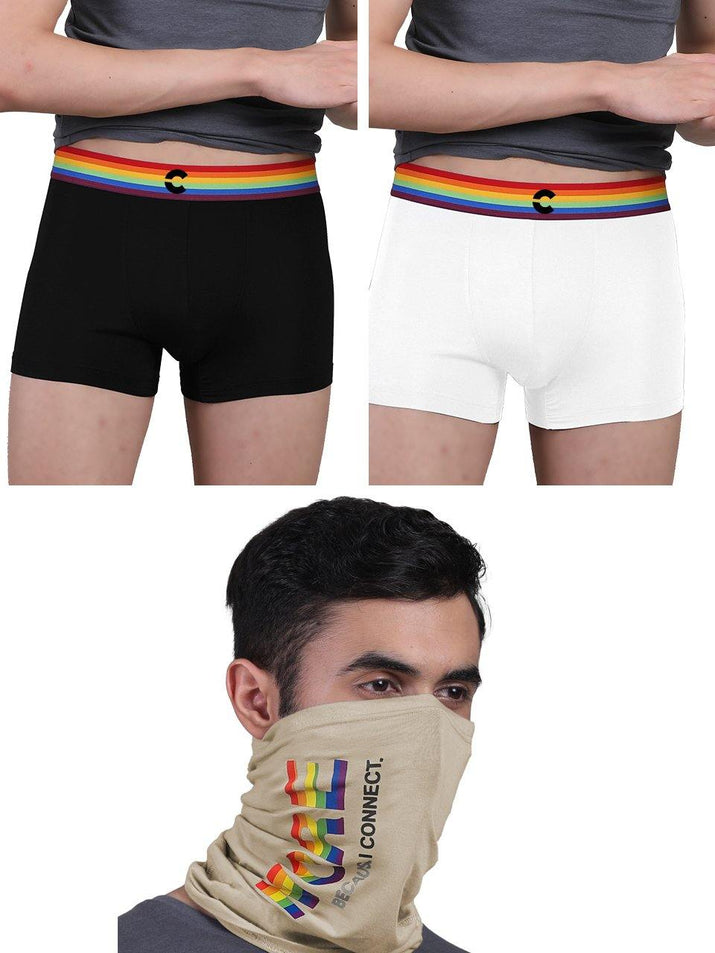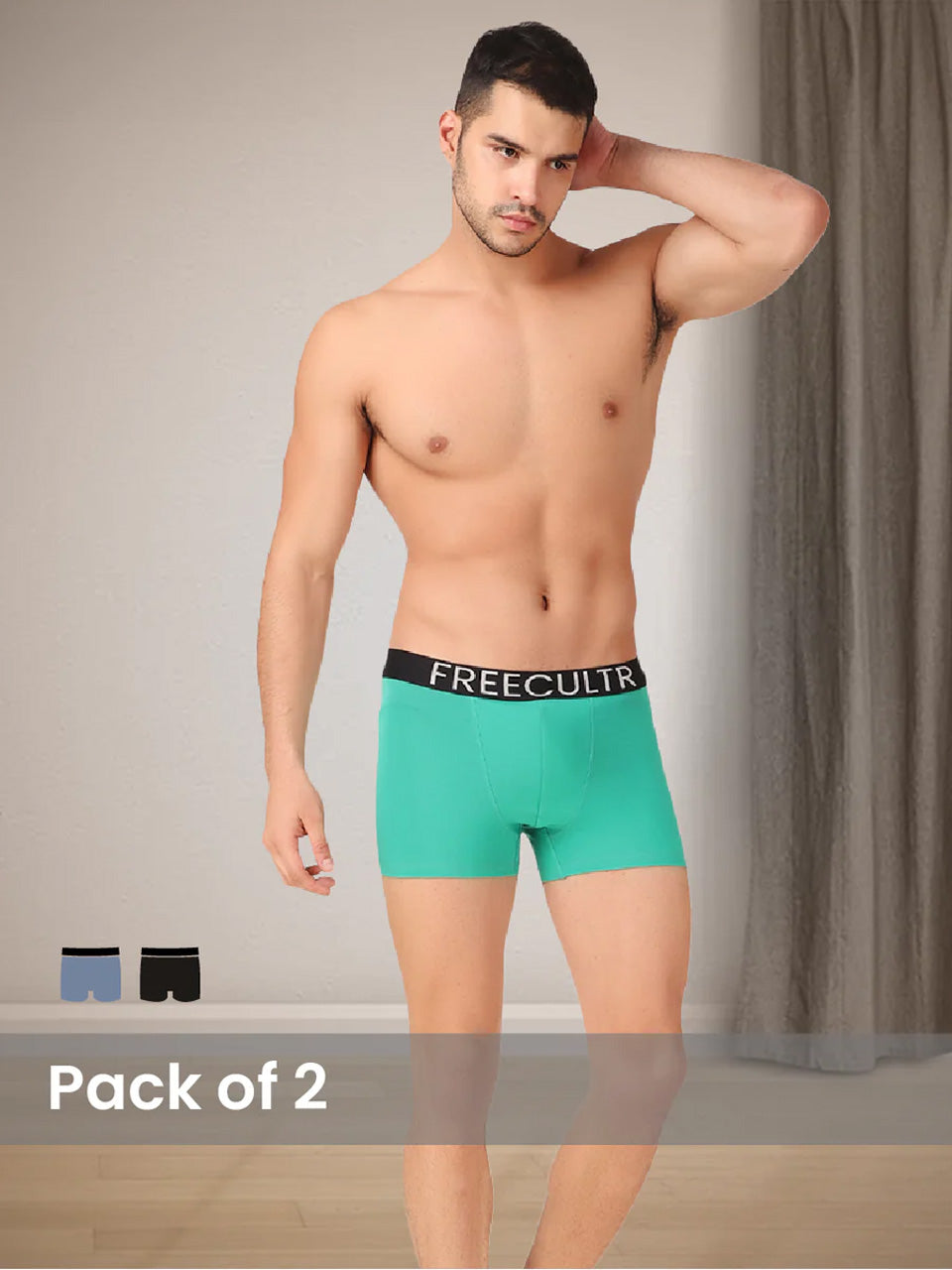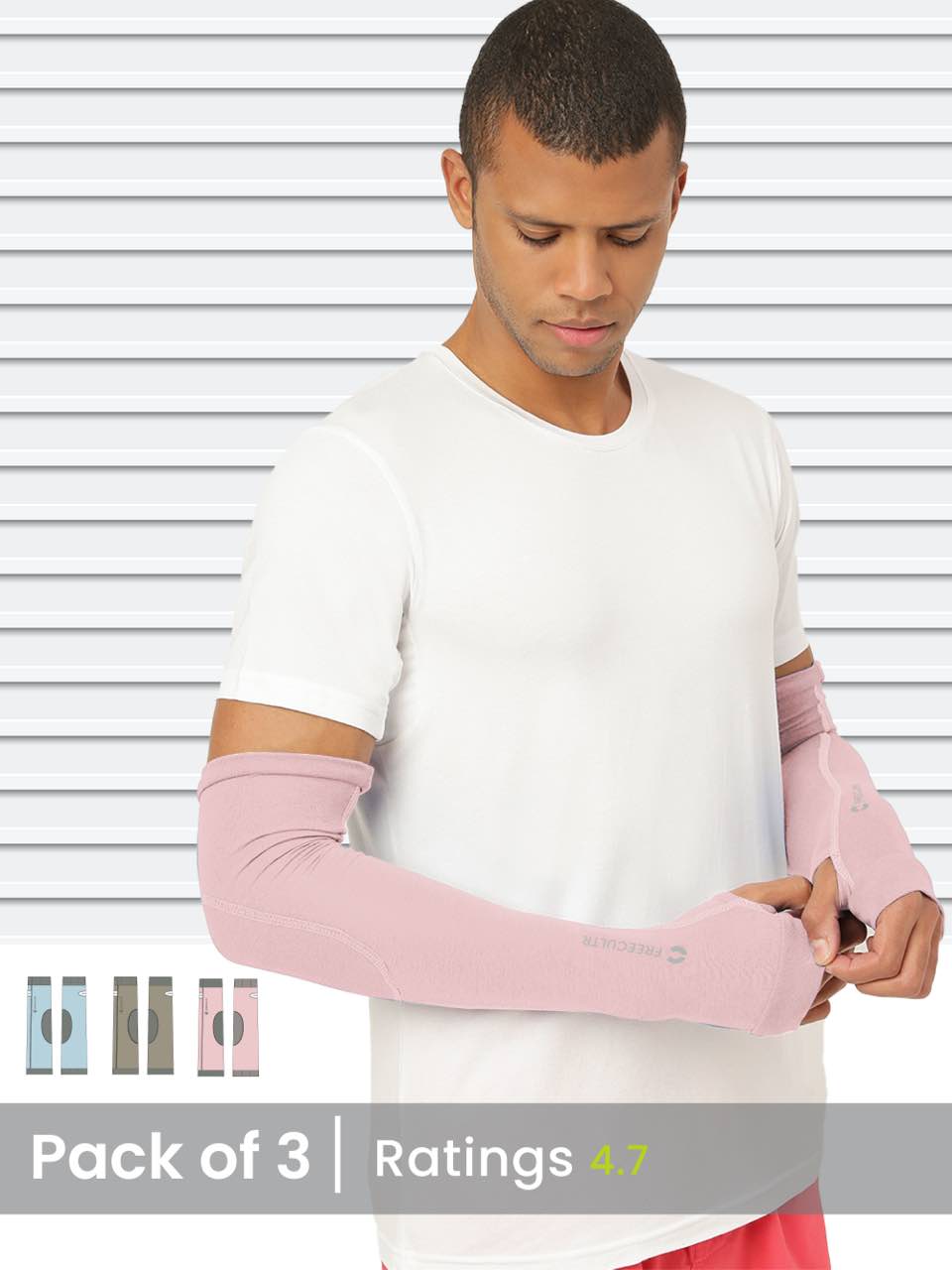Beyond its iconic stylistic presence, the bandana for men has evolved into a critical piece of rugged utility, reflecting a global trend towards functional, minimalist gear. Modern iterations, often crafted from advanced blends featuring moisture-wicking and UV-resistant properties, transcend simple aesthetics to offer tangible performance benefits. Consider its indispensable role for bushcrafters managing sweat and sun exposure in the backcountry, or for tradesmen requiring dust filtration on arid worksites, demonstrating its multifaceted application. This unassuming accessory now epitomizes practical versatility, serving as an essential component of an outdoor-ready or workwear ensemble.

The Enduring Appeal of the Bandana for Men
The bandana, a simple square of fabric, possesses an almost mythical status in men's fashion and utility. Far from being a mere accessory, it embodies a spirit of rugged individualism, practicality. Timeless style. Its roots stretch back centuries, from humble beginnings as a practical piece of headwear for agricultural workers and sailors, evolving through the Wild West as a symbol of cowboys and outlaws. Later becoming an icon in various counter-cultures and outdoor pursuits. What makes the bandana so compelling for men today is its unique blend of aesthetic versatility and profound utility. It's a statement of personal style, a nod to heritage. A supremely functional tool, all wrapped into one compact item. This unassuming piece of cloth offers both Fashion and Comfort, adapting effortlessly to diverse needs and environments.Beyond the Headband: Understanding Bandana Fabrics and Quality
While seemingly simple, the material and construction of a bandana significantly impact its performance, feel. Durability. Understanding these aspects is key to selecting a bandana that meets your specific needs, whether for style or demanding outdoor use.- Cotton: The Classic Choice
- Characteristics Most common, breathable, absorbent, soft. Easy to dye. It's comfortable against the skin, making it ideal for everyday wear and sweat absorption.
- Pros Excellent for comfort and absorbency, widely available, comes in countless patterns.
- Cons Dries slower than synthetics, can wrinkle easily. May fade over time with repeated washing.
- Applications Everyday style, sweatband, dust mask, general utility.
- Cotton Blends (e. G. , Cotton-Polyester): Enhanced Performance
- Characteristics Combines the comfort of cotton with the durability and quick-drying properties of polyester.
- Pros More durable than 100% cotton, better color retention, faster drying. Often more resistant to shrinking and wrinkling.
- Cons May feel less natural than pure cotton, slightly less breathable in some blends.
- Applications Active outdoor pursuits, workwear, situations requiring durability and quick drying.
- Synthetic Fabrics (e. G. , Polyester, Microfiber): High-Performance Utility
- Characteristics Lightweight, extremely quick-drying, often moisture-wicking. Can offer UV protection. Some are seamless tube designs (often called "buffs" after the brand. Serving the same function).
- Pros Ideal for high-exertion activities, excellent for sun protection, very durable. Resistant to mildew.
- Cons Can feel less soft against the skin than cotton, may retain odors if not properly treated, less absorbent for large amounts of sweat than cotton.
- Applications Hiking, cycling, running, fishing, sun-exposed environments.
The Multi-Faceted Utility of the Bandana in the Outdoors
The bandana's true genius lies in its adaptability, especially in outdoor and emergency scenarios. It's a minimalist's dream, a single item capable of performing dozens of tasks. Here are some real-world applications and actionable takeaways:- Sun and Dust Protection
- Application On a dusty trail, a bandana can be pulled over the mouth and nose to filter out particulate matter. When hiking or working under direct sun, it can be folded into a cap or neck covering to prevent sunburn and heatstroke.
- Actionable Takeaway Keep a bandana readily accessible in your pack or pocket. If you're exposed to a sudden dust storm or prolonged sun, quickly deploy it. For instance, during a recent desert hike, a sudden gust of wind kicked up sand. My bandana instantly became a vital face mask, allowing me to breathe comfortably.
- Sweat Management
- Application Whether tied as a headband or around the neck, a bandana excels at absorbing sweat, keeping it out of your eyes and off your skin, enhancing overall comfort during strenuous activity.
- Actionable Takeaway For active outdoor pursuits like cycling or trail running, a cotton or cotton-blend bandana is excellent for wicking moisture. Wring it out and re-tie as needed.
- Emergency First Aid
- Application In a pinch, a clean bandana can serve as a makeshift bandage, sling, or tourniquet. It can also be used to apply pressure to a wound.
- Actionable Takeaway Familiarize yourself with basic first aid knots. If someone sustains a sprain, a bandana can stabilize an ankle or wrist until professional help arrives. For example, a wilderness survival expert once demonstrated how a bandana could be folded into a triangular bandage for a surprisingly effective arm sling.
- Signaling and Marking
- Application A brightly colored bandana can be tied to a tree branch or used as a flag to signal for help or mark a trail.
- Actionable Takeaway Consider carrying at least one brightly colored bandana if you venture into remote areas. It's a simple, low-tech. Effective way to increase visibility in an emergency.
- Basic Water Filtration
- Application While not a purification method, a bandana can act as a pre-filter to remove larger debris (leaves, sediment) from water before further treatment (boiling, chemical purification, or a dedicated filter).
- Actionable Takeaway When sourcing water from a natural stream, drape the bandana over your collection vessel. Pour the water through it slowly to remove visible particulates, making subsequent purification steps more effective.
- Gear Wrap and Padding
- Application Protect delicate items like camera lenses or sunglasses by wrapping them in a bandana before placing them in your pack. It can also provide extra padding for uncomfortable straps.
- Actionable Takeaway Use your bandana to cushion items in your backpack, preventing scratches or impacts. It's also great for creating a barrier between skin and rough backpack straps, enhancing Comfort on long treks.
- Makeshift Pot Holder or Hot Pad
- Application Around a campfire, a folded bandana can protect your hands from hot pots or pans.
- Actionable Takeaway Always have a spare, clean bandana handy when cooking outdoors. It's lightweight and takes up minimal space, yet provides crucial protection.
Mastering the Look: Bandana Styles for the Modern Man
Beyond its utilitarian prowess, the bandana is a powerful style statement, offering endless possibilities for personal expression. Integrating it into your wardrobe can elevate your look from mundane to distinct, embodying a blend of ruggedness and refined Fashion.- The Classic Necktie (Cowboy/Bandit Style)
- How to Fold the bandana diagonally into a triangle. Place the long edge across your chest, with the point hanging down. Tie the two ends loosely behind your neck.
- Look Evokes a classic Western or workwear vibe. Pairs well with denim jackets, flannel shirts. Boots. Offers both style and practical neck warmth or sun protection.
- The Ascott Knot
- How to Fold the bandana into a narrow strip. Drape it around your neck, with one end slightly longer than the other. Cross the longer end over the shorter, then bring it up through the loop you've created and over the top. Adjust for a neat, flat knot at the collar.
- Look A more sophisticated, bohemian take. Works well with open-collared shirts, blazers, or even under a casual jacket for a touch of elegance.
- The Headband
- How to Fold the bandana into a narrow strip. Tie it around your forehead, either with the knot at the back or side.
- Look Practical for keeping hair out of your face, absorbing sweat, or adding a sporty/rugged edge. Popular for workouts, hiking, or even just casual everyday wear. Offers significant Comfort during physical activity.
- The Wristband
- How to Fold into a narrow strip and wrap around your wrist, tying a simple knot.
- Look A subtle accent that adds a touch of rebellion or casual cool. Useful for wiping sweat or just as a personal detail.
- The Pocket Square
- How to Fold neatly and tuck into your jacket or shirt pocket, letting a corner or a puff show.
- Look Adds a pop of color or pattern to an otherwise plain outfit. A versatile alternative to a traditional pocket square, bringing a more relaxed feel to formal wear or adding flair to a casual blazer.
- Bag Accessory
- How to Tie it around the strap of a backpack, messenger bag, or briefcase.
- Look A simple way to personalize your gear, add a splash of color, or keep a utility item within easy reach.
Choosing Your Perfect Bandana: What to Look For
Selecting the right bandana goes beyond just picking a color or pattern. Consideration of size, durability. Value ensures you get a versatile tool that truly serves your needs.- Size Matters
- Standard bandanas are typically 22x22 inches (approximately 56x56 cm). This size is highly versatile for most applications.
- Larger bandanas (27x27 inches or more) offer more coverage, ideal for head wraps, full face coverings, or more substantial slings.
- Smaller bandanas might be better for wristbands or purely decorative pocket squares.
- Pattern and Color: Personal Expression Meets Utility
- Classic Paisley Timeless, versatile. Fits most casual and rugged aesthetics.
- Solid Colors Great for a minimalist look or when you want a specific color to stand out or blend in (e. G. , olive green for outdoor camouflage).
- Novelty/Geometric Patterns Can add a unique, personal touch and reflect individuality.
- High-Visibility Colors Essential if the bandana is intended for signaling in emergencies.
- Durability and Construction
- Examine the stitching around the edges. A well-finished, rolled hem is a sign of quality and prevents fraying, ensuring the bandana withstands repeated washing and rough use.
- Check the fabric weight. Thicker fabrics generally imply greater durability, though they might be less breathable.
- Consider the dye fastness. A high-quality dye will prevent colors from bleeding or fading quickly, preserving the bandana's appearance over time.
Maintenance and Care for Longevity
Proper care ensures your bandana remains a reliable companion, whether for style or utility.- Washing
- Most cotton and cotton-blend bandanas can be machine washed with similar colors in cold or warm water.
- For synthetic bandanas, follow the care instructions, often cold water and a gentle cycle to preserve technical properties like moisture-wicking.
- Avoid harsh detergents or bleach, which can degrade fabric and fade colors.
- If using for first aid, ensure it is thoroughly cleaned and sterilized before storage.
- Drying
- Air-drying is often best to prevent shrinking and preserve fabric integrity, especially for cotton.
- If using a dryer, tumble dry on low heat.
- Storage
- Store bandanas clean and dry to prevent mildew or odors.
- Fold them neatly to prevent excessive wrinkling, especially if using them for fashion.
- Keep a dedicated "utility" bandana separate from your "fashion" bandanas if you're using them for more rugged or dirty tasks.
Conclusion
The bandana for men transcends mere fabric; it embodies rugged versatility and a preparedness mindset. It's time to move beyond observation and actively integrate this powerhouse accessory into your daily life. For instance, next time you’re tackling a dusty trail, loop it loosely around your neck for sun and grit protection, or knot it securely as a headband during an intense workout session – I’ve found it indispensable for keeping sweat at bay during challenging mountain bike rides. This classic piece is experiencing a significant resurgence, not just in outdoor circles but also as a key element in modern workwear and streetwear, demonstrating its enduring appeal. So, choose a pattern that speaks to your spirit, experiment with a few new folds. Let your bandana be a subtle yet impactful declaration of both your practical readiness and your distinctive style. It’s a small addition that makes a big difference.More Articles
Bandana – Outdoor Protection & Stylish FlairBandana – Versatile Accessory & Chic Styling Options
Tees – Durable Quality & Modern Fit
Tees – Everyday Comfort & Effortless Style
Men's Tank Top – Lightweight Performance & Athletic Freedom
FAQs
What's the deal with bandanas for men? Are they just for cowboys?
No way! While they certainly have that classic rugged appeal, bandanas are incredibly versatile. They add a cool, casual edge to almost any outfit, whether you're going for a biker look, an outdoorsy vibe, or just want to add a unique touch to your everyday style. They're far more than just a Western accessory.
How can a bandana actually be useful when I'm outdoors?
They're surprisingly handy! You can use them to wick sweat from your brow, protect your neck from sun or wind, keep dust out of your face, or even as a makeshift bandage or sling in a pinch. Their lightweight nature and compact size make them an essential, multi-purpose item for hiking, camping, or any adventure.
What are some cool ways to wear a bandana for that rugged style?
Plenty of options! Try it folded into a headband to keep hair and sweat out of your eyes, tied around your neck for a classic Western or biker look, or even around your wrist as an accessory. For a more subtle touch, tuck it into your back pocket with just a corner showing. Experiment to find what fits your personal style best.
Are they comfortable to wear all day, especially in hot weather?
Absolutely, especially if you pick one made from breathable materials like cotton. Cotton bandanas are soft, absorbent. Allow air circulation, keeping you comfortable whether it's warm or you're active. They're designed to be a practical and comfortable addition to your gear.
How do I wash my bandana. Will it last?
Most bandanas, especially cotton ones, are incredibly easy to care for. Just toss them in the washing machine with your regular laundry (cold water is often best to prevent fading) and tumble dry low. They're built to be durable and withstand a lot of wear and tear, getting softer and more comfortable with each wash.
What kind of patterns or colors should I look for to nail that rugged look?
Classic paisley patterns are always a win for that timeless rugged feel. Earthy tones like olive green, brown, rust, or deep blues and grays also work great. Don't shy away from distressed or faded looks for an extra authentic, worn-in vibe. Solid colors in muted tones can also achieve a strong, utilitarian aesthetic.
Can I use a bandana for anything other than just wearing it?
Definitely! They're incredibly versatile beyond just personal wear. Use one as a makeshift pot holder while camping, a small towel, a signal flag, a filter for debris in water (though not for purification), or even as a gentle cleaner for glasses or gear. Their simple design makes them adaptable for many unexpected situations.






